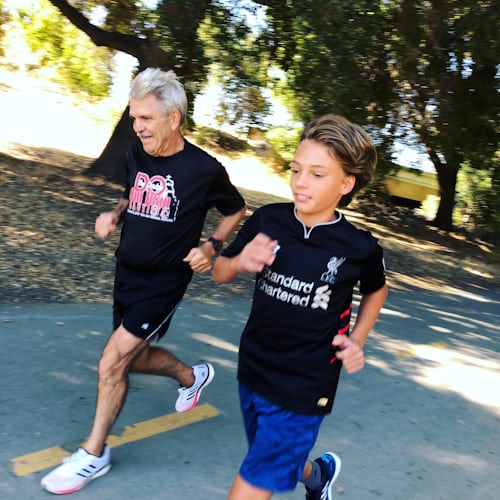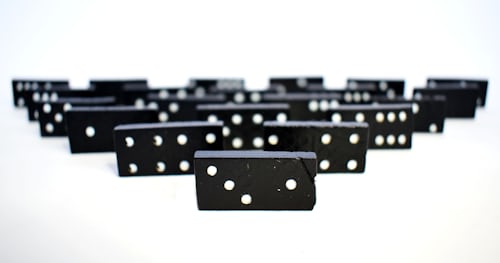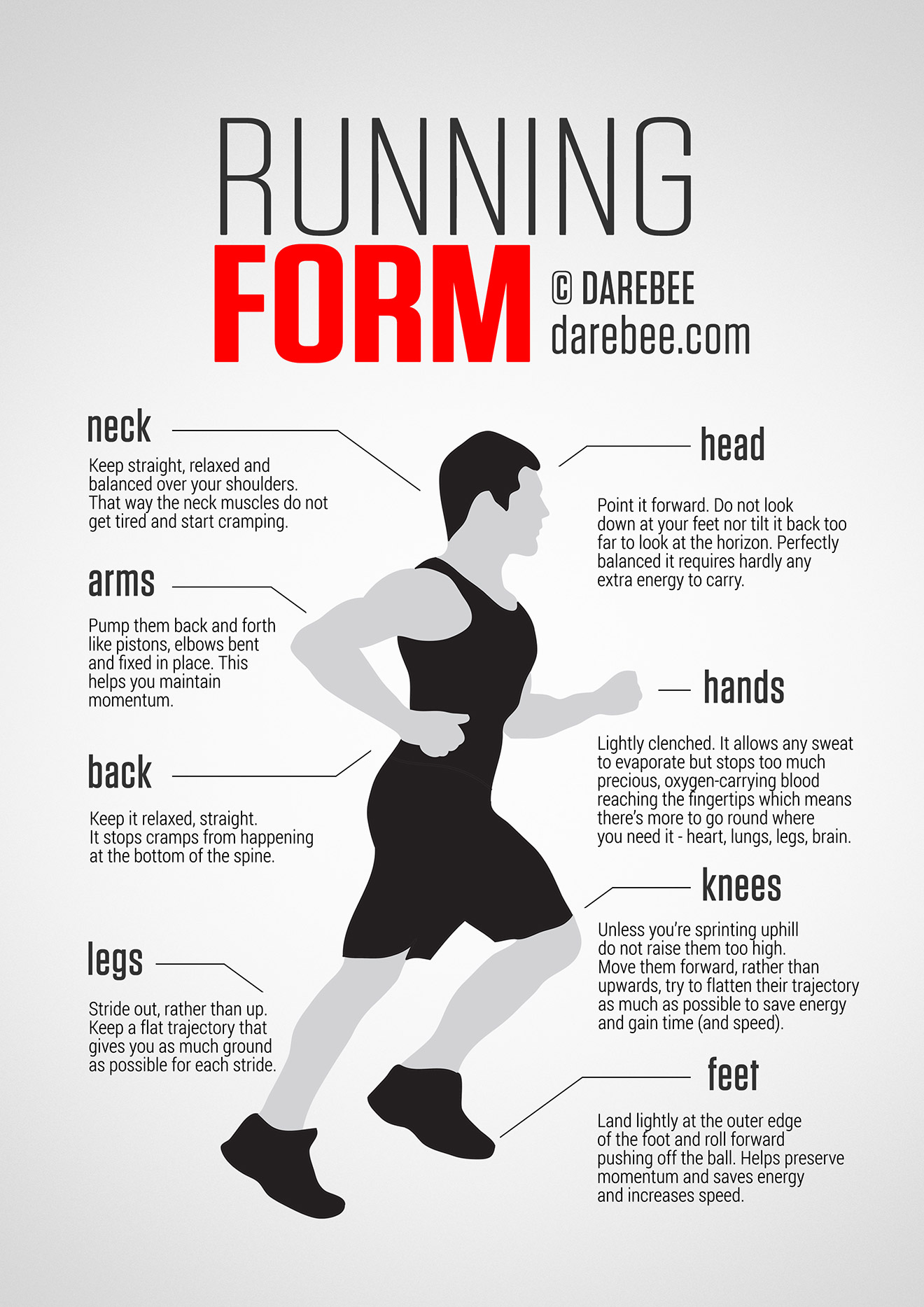Happy midsummer to you. We are halfway through the summer of 2021 which also means it’s time for my latest blog newsletter.
Pandemic: For some time now, as vaccination was on the rise, the underlying story of the pandemic was “this will soon be over”. Masks were coming off. Indoor dining was on coming back. Travel restrictions were easing.
Now the Delta variant has taken over the story and masks are going back on and cases are on the rise. More on that here. I suspect that for at least the time being, we are still going to be struggling with COVID-19 in its many forms/variants.
Some places are trying to just act like it isn’t happening. For example, Tennessee abandoned vaccine outreach to minors and not just for COVID-19. That bout of madness lasted only a bit of time before the wise folks of that state reversed things. But like the pandemic, that madness is going around. For example, Alberta is going to try a similar route, ending COVID rules.
Here’s the problem with this, in my opinion: unlike poverty, politicians can’t ignore COVID. If you try and do so, cases rise, hospitals fill up, more people die. People get upset and promise to vote you out. There’s no getting around it. The only way politicians win in that case is when people ignore them and do the right thing. Even then, their poor judgment is going to hurt them come election time.
As for other provinces, Ontario is trying to open as fast as it can, but it has a good plan and it seems to be sticking to it. However, daily cases were in the 150/day range and have creeped up to over 200. The plan may not hold.
I’m still hoping Canada is on the way to post-pandemic status. Based on our vaccine rates, it’s possible. But who knows. The pandemic humbles us all.
In other pandemic stories, it’s important to acknowledge that all tragedy did not occur directly because of the disease. In Ontario, more young people died from effects of lockdown than of COVID itself. That story is a good reminder that making choices in a pandemic are never straightforward. The choice of lockdown, while benefiting many, harmed others.
The New York Times has had many a good piece on how the pandemic has affected us. Here’s another: The Year of Purchasing and Purging
Finally, many of you have been forced to work at home during the pandemic. Here’s a silver lining: Introducing a simplified process for claiming the home office expenses for Canadians working from home due to the COVID-19 pandemic
Non-pandemic things :
Olympics: It is crazy that the Olympics are going on during the pandemic. There is talk that COVID cases count spike as a result. We will see. As for the Olympics themselves, people are tuning them out. I am not surprised. I know why they weren’t cancelled altogher — a lot of money is at stake — but they should have been.
NFTs: Not much to say here. The fact that Coke is getting into the NFT game tells me that either they are becoming more mainstream or they are petering out.
US: In the US we have a tale of two presidents. The former president continues to be in hot water. First off, it looks like he will be forced to turn over tax records. As well, his actions during the attempted coup of January 6th are getting more scrutiny. Good.
Meanwhile this is what amounts to a Biden controversy: people are upset about his choices of ambassadors. That aside, Biden has a good chance that Congress is going to pass his bipartisan Infrastructure bill. That will be a big win for him.
Another big plus for his presidency is that poverty dropped considerably as a result of poverty aid programs. It’s a reminder that poverty and homelessness are a choice we make.
Finally there was the billionaire space race. I wrote about it here.
Ransomware: Continues to be a problem everywhere including Canada. It looks like Biden has expressed his unhappiness with things to Putin. I am not sure if this is a result of that conversation, but some of the people responsible for ransomware suddenly disappeared.
Lastly thanks for reading this! I appreciate it. Go out and enjoy the summer days while you can.
(Photo by Chris Galbraith on Unsplash)





 Here’s two worthwhile pieces on growing old:
Here’s two worthwhile pieces on growing old:








:format(webp)/cdn.vox-cdn.com/uploads/chorus_image/image/69585516/DSCF5474.0.jpg)





















